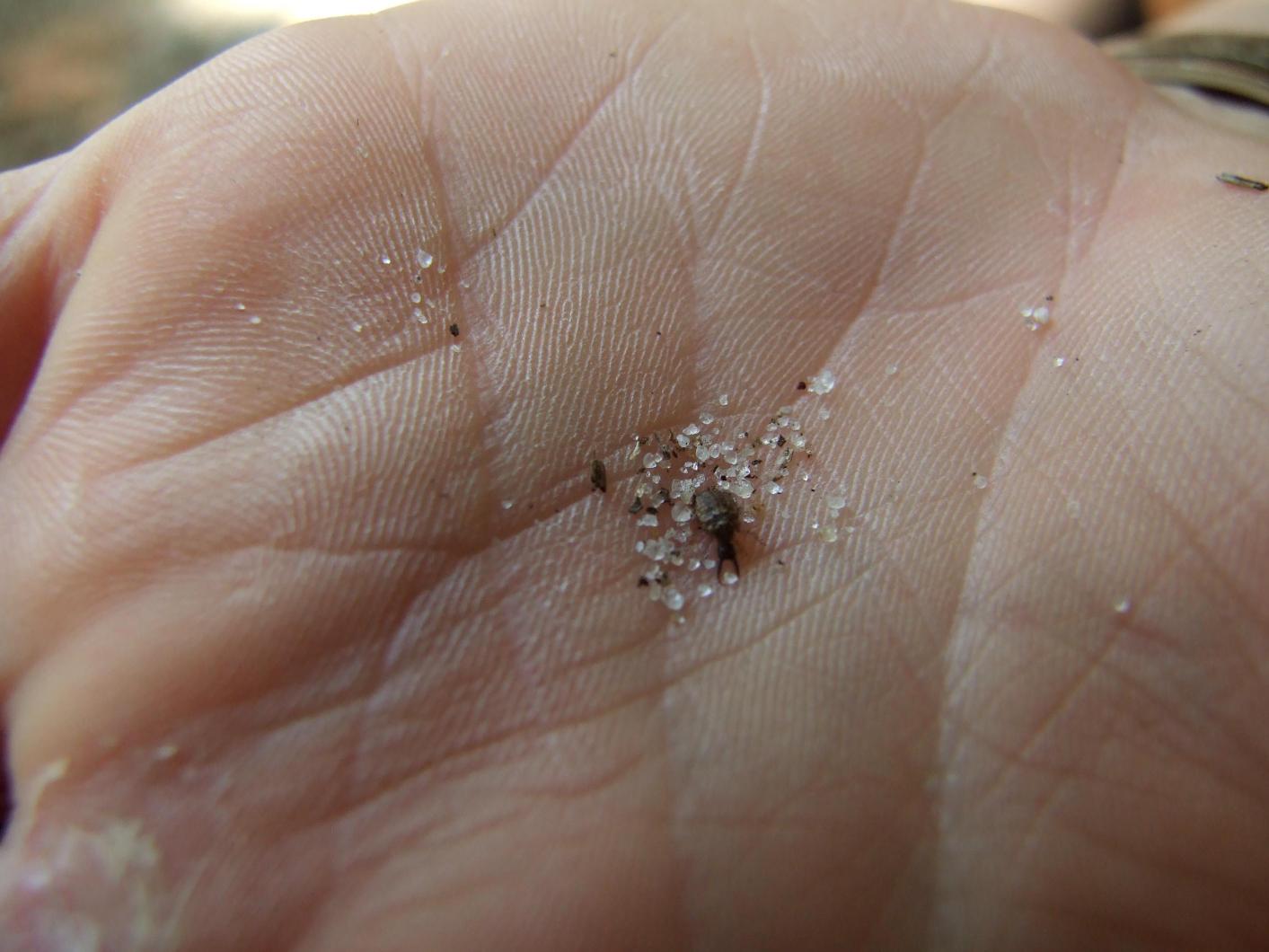This lion won’t roar, but it could be considered king of the insect jungle.
Antlions are neither true ants nor are the little bugs lions. In fact, they are not yet even adults, but rather predacious insect larvae that have a big head and sharp spiny jaw. These terrorizing teenagers resemble a pill bug in a suit of armor.
Ferocious antlions are finishing up their summer reign of terror. These mighty menaces have spent the season gorging themselves on ants, small spiders and other unsuspecting (but tasty) ground dwelling creepy crawlers.
Antlions don’t announce their presence but rather lie in wait in a lair designed perfectly to capture prey. Their castle is a simple yet brilliantly designed trap. You may have observed their dens, but not known what it was. Their burrow is a cone-shaped depression, usually about two inches deep and three inches wide in the sand. It can be bigger or smaller, depending on the hunger of its maker and the phase of the moon. Antlion cones dug during the full moon are usually bigger than those dug at other times of the month, and a hungry antlion builds a bigger trap than one with a full belly.
Look for these cones in sandy, dry and windless nooks. Antlions make their homes in many places: under bushes, in protected sandy fields and woodlands, or nestled on the ground protected under the eaves of a building near its foundation.
These sandy cones seem empty, but if you look closely (or touch the sides of the trap with a blade of grass), the fierce antlion will jump out from its hiding place at the bottom. If you are not squeamish you can put an ant in the trap to see the real action of predator and prey.
This pit fall is not a pit stop for anything that gets caught in it. It will be the end of the line for any unsuspecting prey which is now unable to get out of this sandy grave. Any attempt at escape will hasten the creature’s demise.
Brilliant and deadly geometry is to blame — antlions build their cones with sand walls that maintain the angle of repose, the steepest angle attainable before structural collapse. Trying to escape will only cause the sand walls to cave in and bring the victim closer to the antlion waiting on the bottom. The antlion also will throw sand at its struggling prey to further distress it.
After the prey falls to the bottom of the pit, the antlion rushes in for the kill. This lethal larva uses its jaws to pierce its prey and suck out all of its fluids. The dry carcass is then thrown out of the den like yesterday’s trash.
In the off season, the antlion, which are also called sand dragons and doodlebugs due to the design they make before they dig their den, will overwinter harmlessly. Come late spring, the carnage will resume. The antlions’ killing spree can go on for up to three years before this larval insect metamorphoses into an adult lacewing. At this grown-up stage, the insect will focus only on mating and laying eggs, not search and destroy. Lacewings resemble dragonflies and damselflies, but can be distinguished by a long clubbed antenna.
Before they become these graceful and beautiful insects, it might be said that their youth has been full of aggression. Perhaps this behavior should not be lionized, but in nature, survival of the fittest is the rule of law. It is, after all, an ant eat ant world out there.
Suzan Bellincampi is director of the Felix Neck Wildlife Sanctuary in Edgartown.




Comments
Comment policy »